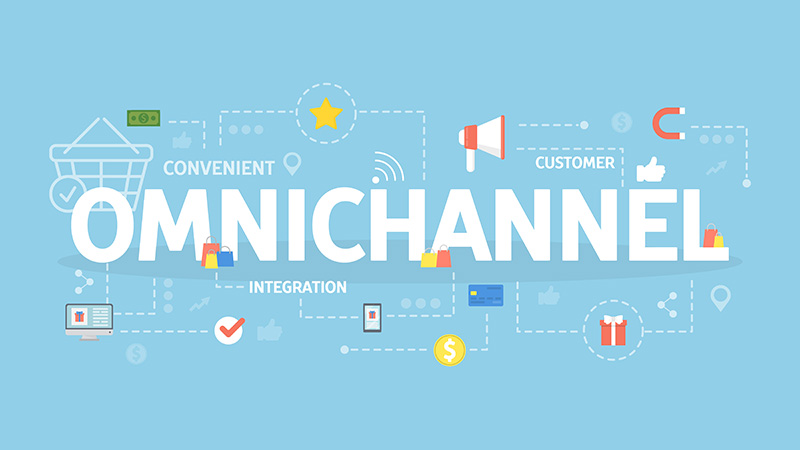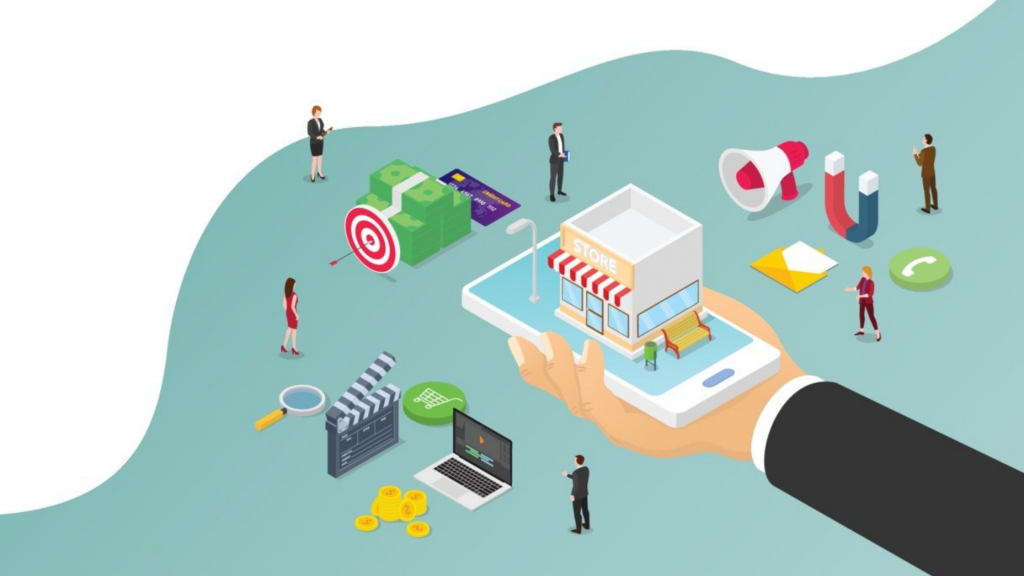In 2025, omnichannel marketing has become a crucial strategy for businesses to connect with customers. Here is a step-by-step guide to help you create an effective omnichannel marketing plan.

1. Understand the Concept of Omnichannel Marketing
Omnichannel marketing is about integrating all the channels a business uses to interact with customers, both online and offline, to create a seamless and consistent experience. It’s not just about being present on multiple channels but ensuring that the customer journey is smooth and connected across all of them. For example, a customer might start browsing products on a website, then visit a physical store to try them on, and finally complete the purchase through a mobile app. In an omnichannel strategy, the customer’s preferences, shopping history, and other data should be available across all these channels.
2. Map Your Customer Journey
The first step in implementing an omnichannel marketing strategy is to map out all the possible touchpoints where customers interact with your brand. This includes your website, social media platforms, physical stores, mobile apps, email, and customer service channels. Identify the different stages of the customer journey, such as awareness, consideration, purchase, and post-purchase. Then, analyze how customers move through these touchpoints and identify any gaps or disconnects in the experience. For example, customers may have difficulty finding the same product information on your website and in-store, or there may be a delay in receiving order confirmation emails. By understanding these pain points, you can take steps to improve the customer journey.
3. Align Branding and Messaging
To create a consistent brand experience across all channels, it’s essential to align your branding and messaging. Use the same colors, logos, fonts, and tone of voice in all your marketing materials, whether it’s on your website, social media posts, in-store signage, or emails. Your brand’s values and key messages should also be communicated consistently. For instance, if your brand emphasizes quality and sustainability, make sure this is reflected in all your marketing efforts. This helps customers recognize and remember your brand, building trust and loyalty.

4. Integrate Your Channels
Integrating your channels means connecting them so that customer data and interactions flow seamlessly between them. This requires the use of technology and tools such as customer relationship management (CRM) systems, e-commerce platforms, and marketing automation software. For example, you can integrate your website and mobile app so that customers can log in with the same credentials and access their order history and saved items on both platforms. You can also integrate your social media channels with your e-commerce site to enable customers to make purchases directly from social media posts.
5. Provide Personalized Experiences
In 2025, customers expect personalized experiences. Use the data you collect from various channels to understand your customers’ preferences, behaviors, and purchase history. Then, use this information to deliver personalized content, product recommendations, and offers. For example, send targeted emails with product suggestions based on a customer’s previous purchases or show personalized ads on social media. Personalization can increase customer engagement and conversion rates.
6. Measure and Analyze Your Results
To determine the effectiveness of your omnichannel marketing strategy, it’s crucial to measure and analyze your results. Set key performance indicators (KPIs) such as website traffic, conversion rates, customer retention, and customer satisfaction. Use analytics tools to track these metrics across all channels and analyze the data to identify what’s working and what needs improvement. For example, if you notice that customers are dropping off at a certain stage of the purchase process on your mobile app, you can investigate the issue and make changes to improve the user experience.

In conclusion, implementing an omnichannel marketing strategy in 2025 requires careful planning and execution. By understanding the concept, mapping the customer journey, aligning branding and messaging, integrating channels, providing personalized experiences, and measuring results, you can create a seamless and engaging customer experience that drives business growth.



